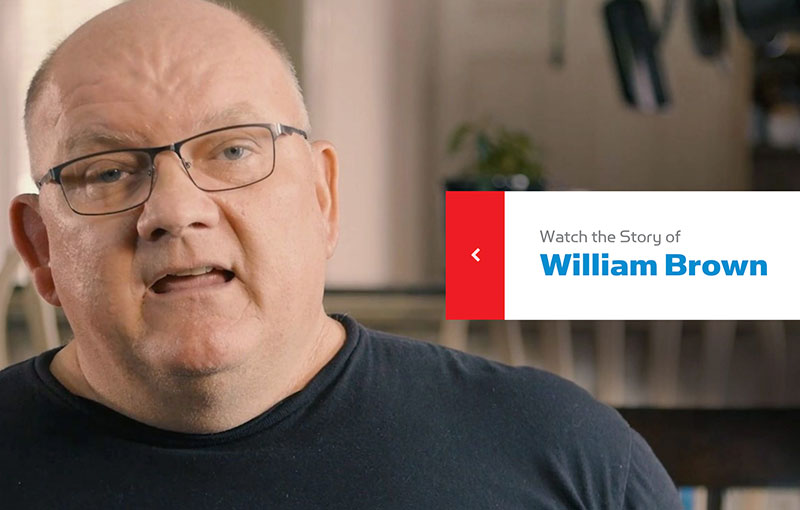Staying Active: Quick Motivational Tips for Long-Term Fitness Success

Expectations are everything. How many times have you started a project, considered how much better someone else is at the task, and then stopped?
Your long-term fitness goals start, like all stories, with the day you start making changes. Too often, long-term goals seem unreachable because they include gaps between steps.
Many set themselves up for failure by not managing their expectations. It is far better to set an achievable goal, reach that, and then plan a second goal.
The following will help you turn individual steps into the marathon of your health.
Setting Long-Term Fitness Goals
To set your goals, consider what is possible to do in a day or a week. Starting small lets you approach the problem with real facts and figures instead of assumed averages.
It’s widely understood that people are different. What’s not so widely understood is how those differences affect health outcomes. Between behaviors and biology, charting health outcomes isn’t a top-down pursuit.
Charting your own progress through a typical week before starting a fitness routine and one week after provides data that reflects your reality.
Chart Everything
Building a spreadsheet doesn’t sound a lot like exercise but it forms the cornerstone of a successful routine. Charting your sleep, your calorie and food intake, and your time – sedentary or active, provides accountability.
You will find more fitness success through habitual repetition than sporadic binges. The benefits to brain health come from habitual, moderate physical activity.
Look For Reasons
Rather than looking for excuses to not have the time, energy, and motivation to exercise, look for reasons to be active.
You don’t need to join a local amateur sports team (though that helps) or find a running partner (which also helps) but you do need to find a reason. If exercise was your guilty pleasure or go-to relaxation, you’d find ways to sneak it in between other elements of your day. Resetting your mindset to look forward to exercising, rather than dread it, isn’t a simple switch.
Start with a few stretches and cardio moves that you can do anywhere and at any time. Stuck in an elevator? Do some quick squats. Waiting for commercial breaks to end? Jog in place. It only takes twenty minutes of physical activity a day or about 150 minutes a week to improve your overall health. You can fit that in across two hours of television with commercial breaks.
Avoid Setbacks
Specifically, don’t set yourself up for failure by maintaining a poor diet and a bad sleep schedule. These two behaviors drag down any fitness success you may otherwise be achieving.
They also sap energy, providing constant excuses to give up or assume that exercise isn’t ‘worth it’ or ‘doesn’t work for you.’
Attend to Your Health
Staying motivated to stay active suffers from a form of human inertia. You are likely to keep doing the things you’re already doing. If you’ve been sitting for a while, that’s what you stick with.
To meet your long term fitness goals, you need to get started and keep it going, no matter how slowly you walk the destination can be reached. A few steps today will keep you out of your local ER in Corpus Christi, TX tomorrow.
Sources:
(Determinants of Health | Healthy People 2020 2022) https://www.healthypeople.gov/2020/about/foundation-health-measures/Determinants-of-Health
(CDC, Benefits of Physical Activity | Physical Activity | CDC 2022) https://health.gov/sites/default/files/2019-09/Physical_Activity_Guidelines_2nd_edition.pdf


